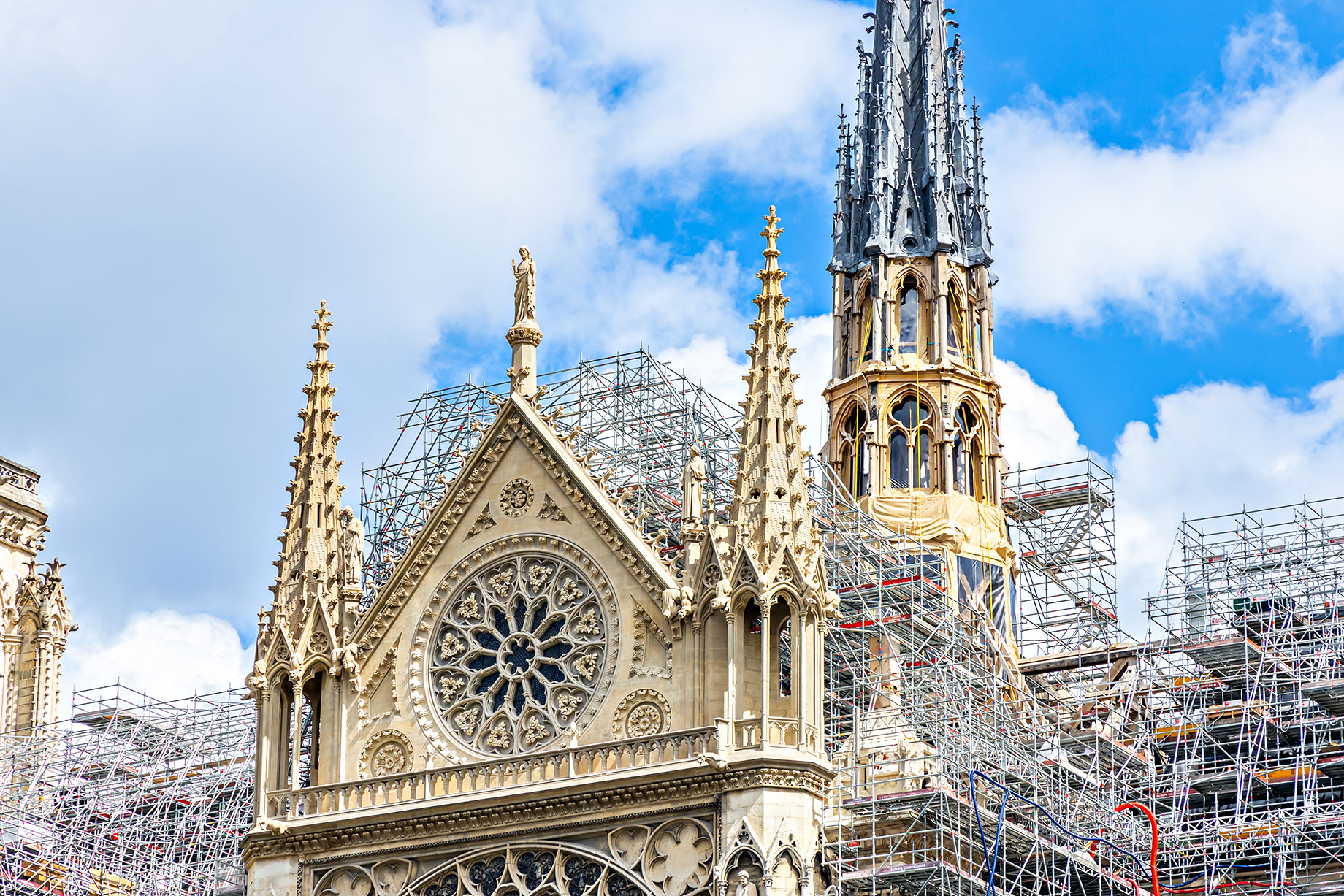
The days of towering steeples and massive brick sanctuaries are slowly disappearing. While traditional church architecture still holds historical significance, most modern places of worship are finding it necessary to evolve in order to meet congregational and community needs. Churches are no longer just for Sunday services – they serve as community hubs, event spaces, and even digital platforms for worship.
If you’re involved in planning a new church or renovating an existing one, understanding the latest trends in church construction can help you create a space that’s built for both today and the future.
With this in mind, here are seven of the biggest trends shaping modern church design.
1. Multi-Purpose Spaces for Worship and Community
Churches are no longer designed just for Sunday services. Many congregations now prioritize multi-purpose spaces that can host a variety of events throughout the week. From community meetings and childcare programs to concerts and weddings, modern churches are being designed to serve multiple functions.
These spaces often include movable seating instead of traditional pews, flexible stage setups, and partitioned areas that can be adjusted for different group sizes.
2. Sustainable Building and Design
Sustainability is becoming a priority in church construction – especially when you consider how big many of these buildings are. A lot of congregations are choosing eco-friendly materials, energy-efficient lighting, and solar panels to reduce their carbon footprint and lower long-term costs.
Churches with large roofs can benefit from solar energy, which helps offset electricity costs for lighting, heating, and air conditioning. Recycled and locally sourced materials are also gaining popularity, as are green spaces and natural landscaping that reduce water usage.
Incorporating sustainability into church design is as much about environmental responsibility as it is cost savings. And while some churches prioritize it more than others, sustainability is certainly a booming trend.
3. Specialized Construction Firms
As church design becomes more complex, many congregations are choosing to work with companies that specialize in church construction, rather than general commercial contractors. These firms understand the unique needs of religious institutions, from acoustics and seating arrangements to sacred design elements and community-focused layouts.
A specialized church construction firm can help navigate the challenges of designing a space that balances tradition with modern functionality. They also bring expertise in project planning, fundraising strategies, and long-term maintenance considerations – ensuring that the church remains a welcoming and well-maintained space for decades to come.
4. The Integration of Technology in Worship Spaces
Ever since the pandemic, technology has become a key part of church construction and design. With many churches offering online services, live-streaming capabilities are now a must. As a result, built-in camera systems, high-speed internet, and dedicated production areas are becoming the standard.
Smart lighting and sound systems are also used in a lot of modern worship experiences. LED lighting can be adjusted to fit different moods and events, while state-of-the-art sound systems ensure clear audio for both in-person and virtual audiences. (Some churches are even incorporating digital signage to provide announcements, service details, and event schedules.)
5. Inclusive and Accessible Design
Churches are increasingly focused on inclusivity, ensuring that all members of the community feel welcome. This includes making worship spaces more accessible for individuals with mobility challenges, hearing impairments, sensory sensitivities, etc.
Wide, step-free entrances, ramps, and elevators are now standard in many church designs. And then there are hearing loop systems and closed captioning for sermons to help those with hearing impairments fully engage with services. Sensory-friendly rooms and quiet spaces are also being added to accommodate individuals with autism or sensory processing disorders.
6. Natural Light and Open Concept Design
Gone are the days of dark, windowless sanctuaries. (And, to be honest, the same can be said of beautiful stained-glass sanctuary windows.) Modern church design embraces open, airy spaces with abundant natural light. Large windows, skylights, and open floor plans create a welcoming and uplifting environment for worship.
Open concept designs eliminate unnecessary walls and barriers, fostering a greater sense of community within the congregation. This is especially important for large congregations. Many churches are also incorporating outdoor worship areas, blending indoor and outdoor spaces to create a more flexible and immersive worship experience.
7. Community-Centered Spaces
Many of today’s churches are placing a bigger emphasis on spaces designed for fellowship and connection. In addition to worship areas, modern church buildings now include coffee shops, lounges, and communal gathering spaces. These areas provide a welcoming environment where members can connect outside of formal services.
Churches are also adding classrooms and even coworking spaces that serve the broader community throughout the week. These multi-use spaces create more opportunities for engagement, making the church a central part of daily life instead of just a place for Sunday worship.
Tracking With the Times
While the essence of what happens in a place of worship might not change much from decade to decade, the buildings and technology that we use do. And as these seven trends show, there are plenty of shifts happening with church design, architecture, and construction. Tracking these trends will help us understand the future of our churches!